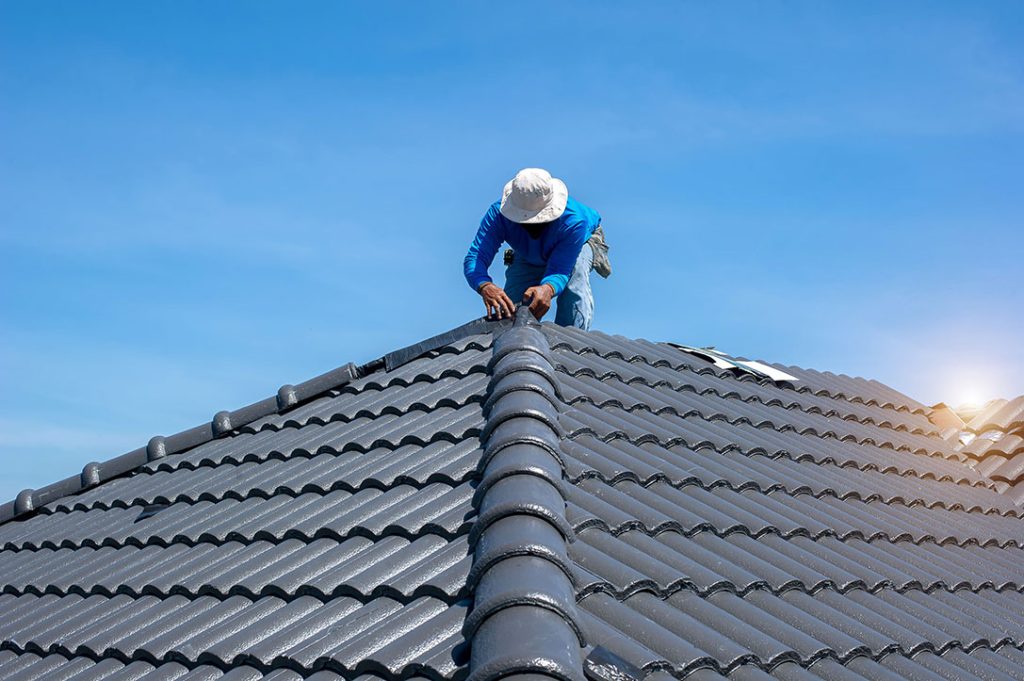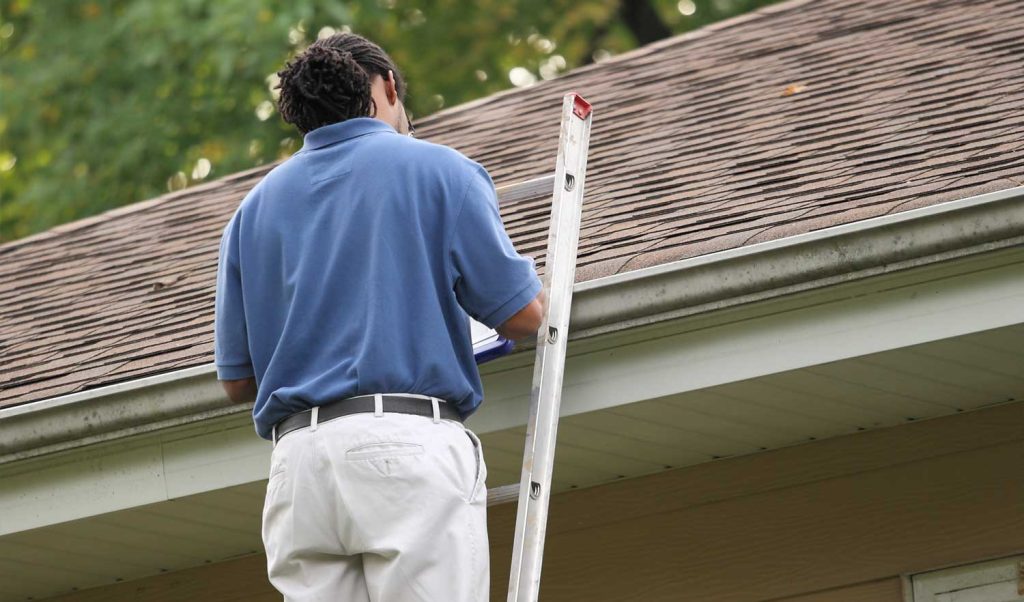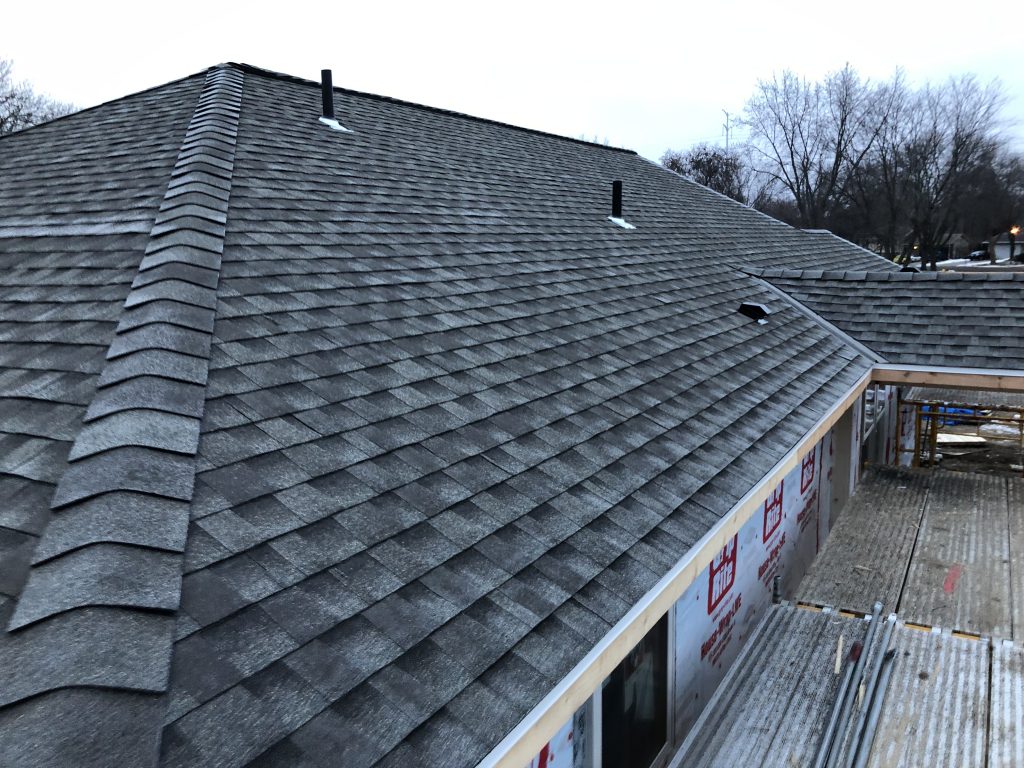Introduction
Regular roof inspections are essential to maintaining your home’s integrity and longevity. Your roof is the first line of defense against the elements, and it is constantly exposed to harsh weather conditions, such as rain, snow, wind, and sunlight. Over time, these elements can cause damage to your roof, leading to leaks, structural issues, and costly repairs. In this article, we will explore the importance of regular roof inspections and the benefits they provide. We will also discuss the risks of neglecting your roof and provide tips for scheduling a professional inspection or performing a DIY inspection.
The Importance of Regular Roof Inspections: Protecting Your Home and Your Wallet
Regular roof inspections are crucial for preventing costly repairs. By identifying and addressing small issues before they become big problems, you can save yourself a significant amount of money in the long run. For example, a small leak that goes unnoticed can lead to water damage, mold growth, and even structural issues. By catching this leak early on during a routine inspection, you can fix it before it causes extensive damage to your home.
In addition to preventing costly repairs, regular roof inspections also protect your home from further damage. A damaged roof can compromise the structural integrity of your home and leave it vulnerable to leaks, pests, and other issues. By identifying and addressing any damage during an inspection, you can ensure that your home remains safe and secure.
Furthermore, regular roof inspections offer financial benefits. A well-maintained roof can increase the value of your home and attract potential buyers if you ever decide to sell. Additionally, a roof that is in good condition is less likely to require major repairs or replacement, saving you money in the long run.
Understanding the Benefits of Regular Roof Inspections
Regular roof inspections offer a multitude of benefits beyond preventing costly repairs. One of the key benefits is the ability to identify small issues before they become big problems. During an inspection, a professional roofer will thoroughly examine your roof for any signs of damage, such as missing or damaged shingles, cracks, or leaks. By catching these issues early on, you can address them before they escalate and cause more extensive damage to your roof and home.
Another benefit of regular roof inspections is that they can extend the life of your roof. By identifying and addressing any issues promptly, you can prevent them from worsening and potentially causing irreparable damage to your roof. This can significantly prolong the lifespan of your roof, saving you money on premature replacement.
Regular roof inspections can also improve energy efficiency. A damaged or poorly maintained roof can result in air leaks and poor insulation, leading to higher energy bills. By identifying and addressing any issues during an inspection, you can ensure that your roof is properly sealed and insulated, reducing energy waste and saving you money on heating and cooling costs.
The Risks of Neglecting Your Roof: Costly Repairs and Safety Hazards
Neglecting your roof can have serious consequences, both financially and in terms of safety hazards. One of the most common risks of neglecting your roof is the development of leaks. A small leak can quickly escalate into a major problem, causing water damage to your home’s interior, including walls, ceilings, and floors. This can lead to mold growth, which can pose health risks to you and your family.
In addition to leaks, neglecting your roof can also result in structural damage. Over time, a damaged or poorly maintained roof can weaken the structural integrity of your home, leading to sagging ceilings, and walls, or even collapse in extreme cases. This not only puts your safety at risk but also requires costly repairs to fix the structural damage.
Furthermore, neglecting your roof can lead to safety hazards. Loose or damaged shingles can become a tripping hazard, especially if they are not repaired or replaced promptly. Additionally, a damaged roof can be more susceptible to wind damage, increasing the risk of shingles or other debris falling off and potentially causing injury to people or property damage.
The financial risks of neglecting your roof are also significant. Ignoring small issues can result in more extensive damage, which will require costly repairs or even a full roof replacement. By neglecting your roof, you are essentially allowing small problems to escalate into larger, more expensive ones.
How to Schedule and Prepare for a Professional Roof Inspection
Scheduling a professional roof inspection is a straightforward process that can be done by contacting a reputable roofing company. It is recommended to have your roof inspected at least once a year, preferably in the spring or fall when the weather is mild. However, if you suspect any issues with your roof, such as leaks or visible damage, it is important to schedule an inspection as soon as possible.
Before the inspection, it is important to prepare your roof by clearing any debris, such as leaves or branches, that may be blocking the gutters or obstructing the roof’s surface. This will allow the inspector to have a clear view of the roof and identify any potential issues. It is also a good idea to trim any overhanging tree branches that may be touching or rubbing against the roof, as they can cause damage over time.
During a professional roof inspection, the inspector will thoroughly examine your roof for any signs of damage or wear. They will check for missing or damaged shingles, cracks, leaks, and any other issues that may compromise the integrity of your roof. They may also inspect the attic for signs of water damage or mold growth. After the inspection, the inspector will provide you with a detailed report of their findings and recommendations for any necessary repairs or maintenance.
DIY Roof Inspections: Tips and Tools for Homeowners
While it is recommended to have a professional inspect your roof, homeowners can also perform their inspections between professional visits. However, it is important to note that DIY inspections should not replace professional inspections, as they may not be as thorough or accurate. DIY inspections can be done regularly to catch any obvious issues or damage early on.
To perform a DIY roof inspection, you will need a few basic tools, including a ladder, a flashlight, binoculars, and a notepad or camera to document any findings. Start by visually inspecting the roof from the ground, looking for any obvious signs of damage, such as missing or damaged shingles. Use binoculars to get a closer look at the roof and identify any potential issues.
Next, use a ladder to safely access the roof and inspect it up close. Walk around the roof, checking for any loose or damaged shingles, cracks, or leaks. Pay attention to areas where the roof meets other structures, such as chimneys or vents, as these are common areas for leaks to occur. Use a flashlight to inspect the attic for any signs of water damage or mold growth.
During a DIY inspection, it is important to prioritize safety. Only attempt a DIY inspection if you are comfortable working at heights and have the necessary equipment and safety precautions in place. If you are unsure about any findings or suspect any issues with your roof, it is best to contact a professional for a thorough inspection.
Investing in Preventative Maintenance: Long-Term Savings and Peace of Mind
Investing in preventative maintenance for your roof can provide long-term savings and peace of mind. By regularly maintaining your roof and addressing any issues promptly, you can avoid costly repairs or premature replacement. Preventative maintenance includes regular inspections, cleaning the gutters, removing debris from the roof, and addressing any minor issues before they become major problems.
One of the key benefits of preventative maintenance is avoiding costly repairs. By catching and addressing small issues early on, you can prevent them from escalating and causing more extensive damage to your roof. This can save you a significant amount of money in the long run, as major repairs or replacements can be much more expensive.
In addition to financial savings, preventative maintenance also provides peace of mind. Knowing that your roof is in good condition and well-maintained can give you confidence and eliminate the stress and worry that comes with potential roof issues. Regular inspections and maintenance can help you identify and address any issues before they become major problems, allowing you to enjoy your home without the fear of leaks or structural damage.
Furthermore, investing in preventative maintenance can have long-term financial benefits. A well-maintained roof can increase the value of your home and attract potential buyers if you ever decide to sell. Additionally, a roof that is in good condition is less likely to require major repairs or replacement, saving you money in the long run.
Conclusion
Regular roof inspections are essential for protecting your home and your wallet. By identifying and addressing small issues before they become big problems, you can prevent costly repairs and extend the life of your roof. Neglecting your roof can lead to leaks, structural damage, safety hazards, and significant financial risks. Whether you schedule a professional inspection or perform a DIY inspection, it is important to prioritize regular maintenance and address any issues promptly. Investing in preventative maintenance can provide long-term savings and peace of mind, knowing that your roof is in good condition. Don’t wait until it’s too late – schedule a roof inspection today or perform a DIY inspection to ensure the health and longevity of your roof.



